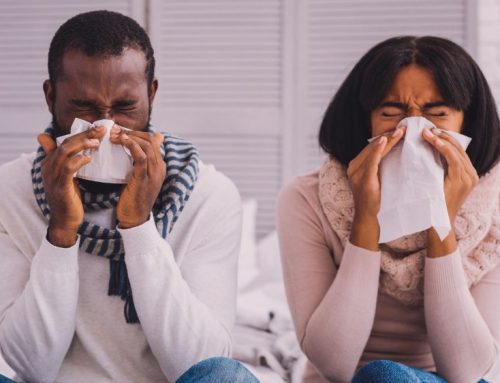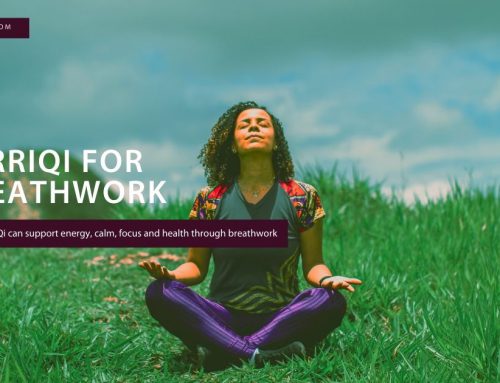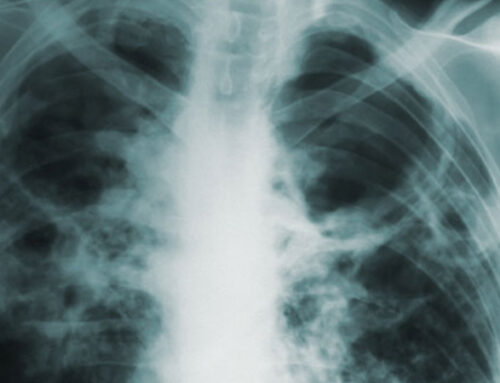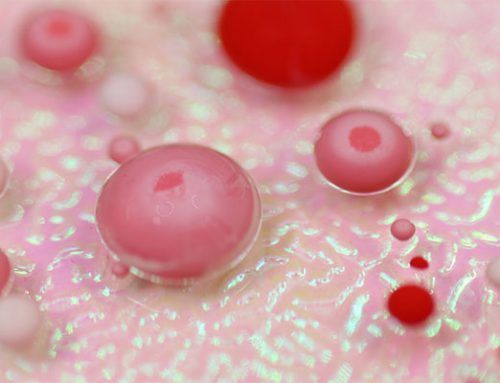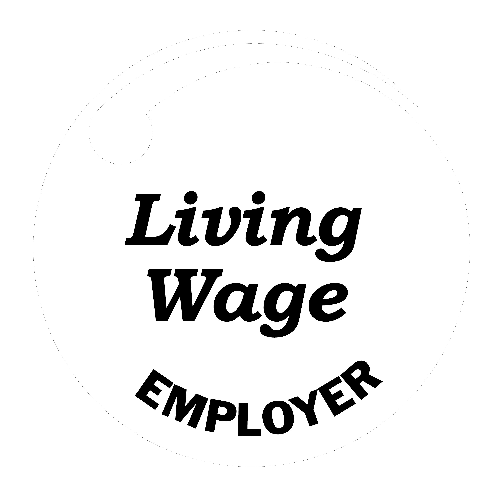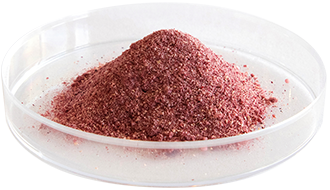BerriQi® for post–inflammatory lung repair:
Using a preclinical model of allergic airway inflammation, researchers have demonstrated that BerriQi® rich in antioxidant anthocyanins and other polyphenols reduces immune cell infiltration, reduces mucus over-production and reduces lung fibrosis.
In two papers published or submitted for publication in international peer-reviewed scientific journals (Shaw et al., 2016; Shaw et al., 2020), researchers stimulated acute allergic or chronic inflammation in the lung tissue of immune sensitised experimental animals through inhalation of egg white ovalbumin (OVA) and measured the resulting inflammation, and the ability of BerriQi or its primary active fruit component Boysenberry to resolve the inflammation.
In models of acute inflammation, sensitised mice inhaled OVA, resulting in immune cell infiltration into the lung tissue and increases in mucus-filled goblet cells lining the airways. Just two doses of BerriQi two days apart was sufficient to resolve the resulting inflammation and reduce infiltrating immune cells (Figure 1) and reduce mucus production (Figure 2)(Shaw et al., 2020).
In models of chronic inflammation, sensitised mice inhaled OVA once per week for 10 weeks, resulting in immune cell infiltration into the lung tissue, mucus-filled airways, and lung fibrosis – aberrant depositing of collagen throughout the lungs in a process called tissue remodelling, which reduces tissue elasticity (stretchiness). Just three doses of BerriQi per week for the last five of the 10 week allergen stimulus was sufficient to reduce inflammatory cell infiltration, reduce mucus build up, and remove the inappropriate collagen fibres from throughout the tissue. Instead, the collagen was deposited around the major airways, structurally strengthening them while restoring tissue elasticity. This latter data is currently unpublished, but the positive effects of the Boysenberry fruit juice component of BerriQi has been published (Figure 3 and Shaw et al., 2016).
An unpublished comparison showed that BerriQi containing proprietary combinations of Boysenberry and apple was superior to Boysenberry alone at reducing immune cell infiltrates.

Figure 1. BerriQi® reduces immune cell infiltration into acutely inflamed lung tissue. On the left is a normal healthy lung showing minimal numbers of purple staining immune cells. In the middle is acutely inflamed lung tissue showing tissues are swollen with infiltrating purple-staining immune cells. On the right the lung has suffered the same acute inflammatory stimuli but has been repaired with BerriQi back to normal levels. From Shaw et al., 2020.

BerriQi® reduces mucus hypersecretion in acutely inflamed airways. On the left is a normal healthy airway cross-section showing minimal numbers of blue staining mucus-secreting goblet cells (indicated by arrow). In the middle is acutely inflamed lung tissue showing airways are surrounded by many overfull mucus-secreting cells (indicated by arrow). On the right the lung has suffered the same acute inflammatory stimuli but after BerriQi the airways do not show as many mucus-filled mucus secreting cells. From Shaw et al., 2020.

Figure 3. BerriQi® Boysenberry reduces lung fibrosis. On the left is normal healthy lung tissue with minimal blue-stained collagen, found mainly around the airways where it is supposed to be, providing structural support. In the middle panel the chronically inflamed lungs show the blue staining of excessive and aberrant collagen fibre deposited all through the tissues. On the rightmost panel the chronically inflamed tissue fibrosis has been repaired by the Boysenberry component of BerriQi which has removed the excess collagen and deposited it appropriately around the airways, strengthening them and holding them open. From Shaw et al., 2016.
There are many reasons why the BerriQi anthocyanins and polyphenols such as flavonoids and proanthocyanidins resolve allergic airways inflammation, reduce numbers of infiltrating immune cells, reduce mucus over-production and reduce lung fibrosis. The role of antioxidant anthocyanins, flavonoids, berry fruit ellagitannins and apple procyanidins on inflammation and immunity have been published many times in the scientific literature (see bibliography at end of this blog entry).
Shaw and co-workers have shown that in this model of allergic airways inflammation, much of the heavy lifting occurs via M2 (alternately activated) macrophages. M2 macrophages are the wound repair type, as opposed to the M1 classically activated type, which are more potent engulfers and killers of invading pathogens and damaged host cells. BerriQi invokes class-switching of M1 macrophages to the M2 type, whereupon they release cytokines associated with the resolution of inflammation, and they secrete more proteases to degrade aberrantly deposited collagen fibres, and decrease synthesis of protease inhibitory factors. This is consistent with earlier blogs on this topic, such as What is inflammation? (21st March 2020) outlining the roles of various immune cell types in the process of acute and chronic inflammation.
Bibliography
Odette M. Shaw, Janine Cooney, Gregory M. Sawyer, Hannah Dinnan, Sheridan Martell, 2020. Boysenberry and apple juice reduces acute lung inflammation through increased alternatively activated macrophage activity in an acute mouse model of allergic airways disease. bioRxiv 2020.03.03.974196; doi: https://doi.org/10.1101/2020.03.03.974196
https://www.biorxiv.org/content/10.1101/2020.03.03.974196v1
Odette M. Shaw, Roger D. Hurst, and Jacquie L. Harper, 2016, Boysenberry ingestion supports fibrolytic macrophages with the capacity to ameliorate chronic lung remodeling, American Journal of Physiology-Lung Cellular and Molecular Physiology 311:3, L628-L63
Garcia-Larsen, V.; Thawer, N.; Charles, D.; Cassidy, A.; Van Zele, T.; Thilsing, T.; Ahlström, M.; Haahtela, T.; Keil, T.; Matricardi, P.M.; Brożek, G.; Kowalski, M.L.; Makowska, J.; Niżankowska-Mogilnicka, E.; Rymarczyk, B.; Loureiro, C.; Todo Bom, A.; Bachert, C.; Forsberg, B.; Janson, C.; Torén, K.; Potts, J.F.; Burney, P.G. 2018 Dietary Intake of Flavonoids and Ventilatory Function in European Adults: A GA2LEN Study. Nutrients, 10, 95.
Paul Knekt, Jorma Kumpulainen, Ritva Järvinen, Harri Rissanen, Markku Heliövaara, Antti Reunanen, Timo Hakulinen, Arpo Aromaa, 2002, Flavonoid intake and risk of chronic diseases, The American Journal of Clinical Nutrition, Volume 76, Issue 3, 560–568
Coleman, SL., Hurst RD, Sawyer G and Kruger M., 2016, ‘The in Vitro Evaluation of Isolated Procyanidins as Modulators of Cytokine-induced Eotaxin Production in Human Alveolar Epithelial Cells’. Journal of Berry Research, 115 – 124.
Coleman SL, Kruger MC, Sawyer GM and Hurst RD 2016 Procyanidin A2 modulates IL-4-induced CCL26 production in human alveolar epithelial cells. International Journal of Molecular Sciences 17 (11), 1888.
Gregory M. Sawyer, David E. Stevenson, Tony K. McGhie, Roger D. Hurst, 2017, Suppression of CCL26 and CCL11 generation in human alveolar epithelial cells by apple extracts containing procyanidins, Journal of Functional Foods, 31, 141-151.


